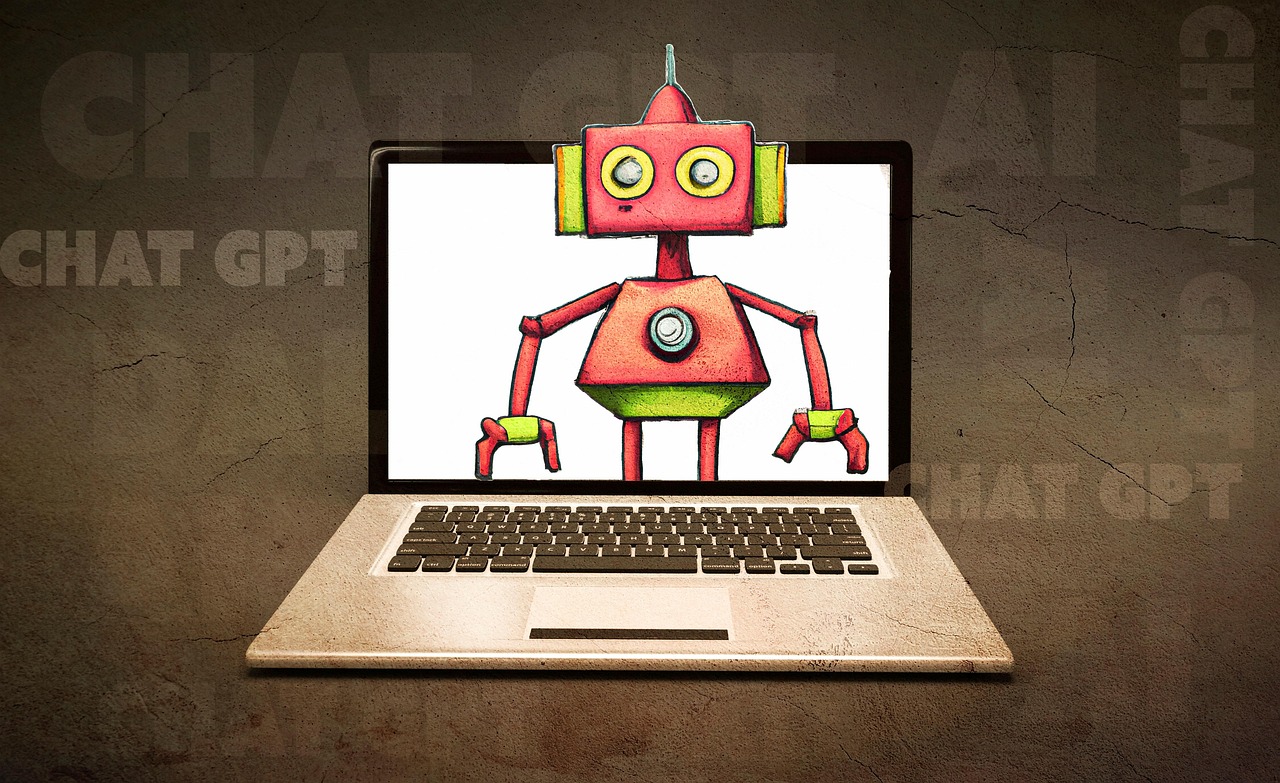Voice AI is rapidly transforming how we interact with technology and the world around us. From controlling smart home devices to streamlining customer service, voice-enabled solutions are becoming increasingly integral to our daily lives. This post explores the intricacies of voice AI, its applications, and its potential to revolutionize various industries.
What is Voice AI?
Voice AI, short for Voice Artificial Intelligence, refers to the branch of AI focused on enabling computers to understand, interpret, and respond to human speech. It encompasses various technologies working in tandem to bridge the gap between human language and machine comprehension.
Key Components of Voice AI
- Automatic Speech Recognition (ASR): ASR is the cornerstone of voice AI. It converts spoken audio into text. Modern ASR systems are powered by deep learning models, allowing them to achieve impressive accuracy even in noisy environments.
Example: Consider a virtual assistant like Siri or Alexa. When you ask a question, ASR converts your speech into text, which is then processed by the AI.
- Natural Language Processing (NLP): NLP is crucial for understanding the meaning and intent behind the transcribed text. It analyzes grammar, context, and semantics to extract relevant information.
Example: Imagine asking, “What’s the weather like in London?”. NLP helps the AI understand that you’re asking about the weather specifically in London.
- Text-to-Speech (TTS): Once the AI has processed your request and formulated a response, TTS converts the text back into human-sounding speech. Modern TTS systems use techniques like neural networks to generate realistic and natural-sounding voices.
Example: When your virtual assistant responds to your weather query, it uses TTS to vocalize the answer.
- Dialogue Management: This component controls the flow of the conversation, ensuring a coherent and natural interaction. It manages turns, remembers context, and guides the conversation towards a resolution.
The Evolution of Voice AI
Voice AI has come a long way. Early voice recognition systems were limited to specific vocabularies and struggled with accents or background noise. The advent of deep learning and the availability of massive datasets have propelled significant advancements, leading to more accurate and versatile voice AI solutions.
Applications of Voice AI Across Industries
Voice AI is no longer a futuristic concept; it’s actively deployed in various sectors, improving efficiency, accessibility, and user experiences.
Customer Service and Support
Voice AI is revolutionizing customer service by enabling automated responses, personalized experiences, and 24/7 availability.
- Voicebots and Chatbots: These AI-powered assistants handle routine inquiries, freeing up human agents for more complex issues.
Example: Many companies use voicebots on their phone lines to answer common questions about account balances, order status, or FAQs.
- Sentiment Analysis: Analyzing customer voice to understand their emotional state allows for better tailoring of the interaction.
Example: If a customer expresses frustration, the system can prioritize their call or route them to a more experienced agent.
- Real-time Transcription and Analysis: Transcribing calls in real-time enables supervisors to monitor agent performance and provide on-the-spot coaching.
Healthcare
Voice AI is improving patient care, streamlining administrative tasks, and enhancing accessibility for individuals with disabilities.
- Virtual Assistants for Patients: Patients can use voice assistants to schedule appointments, request prescription refills, and access health information.
- Voice-Enabled Medical Documentation: Doctors can use voice dictation to create patient notes, reducing paperwork and improving accuracy.
Example: Nuance’s Dragon Medical One is a widely used voice recognition system in healthcare.
- Remote Patient Monitoring: Voice AI can be used to monitor patients’ health remotely, asking them about their symptoms and vital signs.
Smart Homes and IoT
Voice AI is a central component of smart homes, enabling hands-free control of various devices.
- Voice-Controlled Lighting, Thermostats, and Appliances: Users can adjust settings with simple voice commands.
Example: “Alexa, turn on the living room lights.”
- Entertainment and Media: Voice control allows users to easily access music, podcasts, and streaming services.
Example: “Hey Google, play my workout playlist on Spotify.”
- Home Security: Voice AI can be integrated with security systems to arm/disarm alarms, lock doors, and monitor cameras.
Automotive
Voice AI is enhancing the driving experience by providing hands-free access to information and entertainment.
- Navigation and Route Planning: Drivers can use voice commands to set destinations, find gas stations, or avoid traffic.
* Example: “Navigate to the nearest gas station.”
- Hands-Free Calling and Messaging: Drivers can make calls and send messages without taking their hands off the wheel.
- Vehicle Control: Some vehicles allow drivers to control various functions, such as climate control and windshield wipers, using voice commands.
Benefits of Implementing Voice AI
Integrating voice AI solutions offers a multitude of benefits across various industries:
- Increased Efficiency: Automating tasks and streamlining processes saves time and resources.
- Improved Customer Satisfaction: Providing instant access to information and personalized support enhances the customer experience.
- Enhanced Accessibility: Voice AI makes technology more accessible to individuals with disabilities or those who prefer hands-free interaction.
- Cost Reduction: Automating tasks and reducing reliance on human labor can significantly lower operational costs.
- Data-Driven Insights: Analyzing voice interactions provides valuable data for improving products, services, and customer experiences.
Challenges and Considerations
While voice AI offers numerous advantages, it’s crucial to acknowledge potential challenges and considerations:
Data Privacy and Security
Protecting user data is paramount. Companies must implement robust security measures to prevent unauthorized access and ensure compliance with privacy regulations.
- Data Encryption: Encrypting voice data both in transit and at rest protects it from interception.
- Access Controls: Restricting access to sensitive data to authorized personnel only.
- Transparency: Clearly communicating data privacy practices to users.
Accuracy and Reliability
Ensuring accurate and reliable voice recognition is crucial for a positive user experience.
- Training Data: Using diverse and high-quality training data to improve accuracy across different accents and dialects.
- Noise Cancellation: Implementing noise cancellation techniques to filter out background noise and improve speech recognition accuracy.
- Error Handling: Providing clear and helpful error messages when the AI misinterprets a command.
Bias and Fairness
Voice AI systems can inadvertently perpetuate biases present in the training data, leading to unfair or discriminatory outcomes.
- Bias Detection: Identifying and mitigating biases in training data.
- Fairness Metrics: Using fairness metrics to evaluate the performance of voice AI systems across different demographic groups.
- Inclusive Design: Designing voice AI systems with diverse users in mind.
The Future of Voice AI
Voice AI is poised for continued growth and innovation. Here are some key trends to watch:
- Multilingual Support: Voice AI systems will become increasingly capable of understanding and responding in multiple languages.
- Contextual Awareness: AI will become better at understanding the context of a conversation, leading to more natural and intuitive interactions.
- Personalization: Voice AI will be able to personalize responses and recommendations based on individual user preferences and history.
- Integration with Emerging Technologies: Voice AI will be integrated with other emerging technologies, such as augmented reality (AR) and virtual reality (VR), to create immersive and interactive experiences.
Conclusion
Voice AI is no longer a futuristic concept but a powerful technology transforming industries and enhancing our daily lives. By understanding its core components, exploring its diverse applications, and addressing its challenges, businesses and individuals can harness the full potential of voice AI to improve efficiency, accessibility, and customer experiences. As the technology continues to evolve, we can expect even more innovative and impactful applications of voice AI in the years to come.




